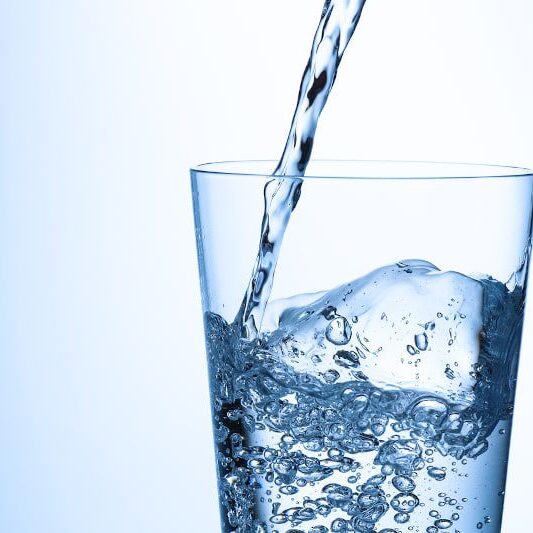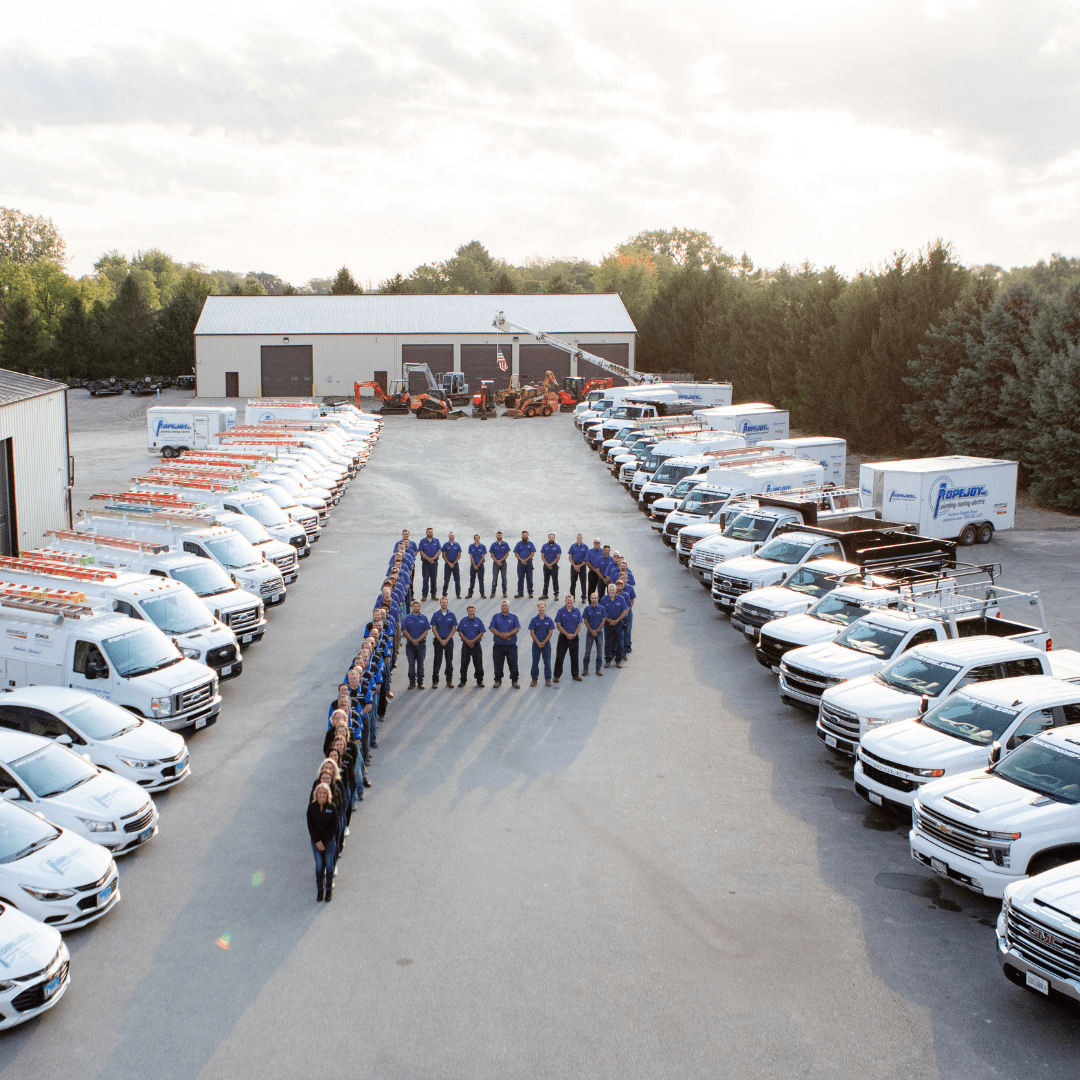The Future is Here: How Geothermal Heating and Cooling Can Reduce Your Carbon Footprint

In the quest for more sustainable living and reduced environmental impact, geothermal heating and cooling systems emerge as powerful tools in the fight against climate change. By leveraging the stable temperatures of the earth beneath our feet, these systems offer a way to significantly decrease our homes’ carbon footprints. Here’s how adopting geothermal technology can help make your home greener and more energy-efficient.
Sustainable Technology
Geothermal systems operate by extracting heat from the ground during the winter for heating and transferring heat back into the earth during the summer for cooling. This process utilizes the earth’s natural heat, which is renewable and virtually limitless. By tapping into this sustainable resource, geothermal technology minimizes reliance on fossil fuels that are commonly used in conventional heating systems, thereby reducing greenhouse gas emissions.
Energy Efficiency
Geothermal heating and cooling systems are remarkably efficient. They use a small amount of electricity to harness and transfer heat to and from the ground. Compared to traditional HVAC systems, geothermal units can be up to 400% efficient. This extraordinary efficiency means that for every unit of electricity used to power the system, four units of energy are supplied as heat. Such high efficiency not only lowers your energy use but also significantly cuts down your home’s carbon emissions.
Reduced Fossil Fuel Dependence
By reducing the need for electricity derived from fossil fuel combustion, geothermal systems decrease the overall demand for fossil fuels, a major source of carbon dioxide and other greenhouse gas emissions. This shift is crucial as we aim to move toward a more sustainable energy grid.
Longevity and Durability
Geothermal systems are designed for longevity, with many systems lasting 25 years or more, and their underground loop systems functioning effectively for over 50 years. This durability means less frequent replacements and repairs, which in turn contributes to waste reduction and less resource use over time.
Environmental Impact
Apart from significantly reducing carbon emissions, geothermal systems have a minimal ecological footprint. The installation of the ground loop system typically has a transient effect on the surrounding landscape. Once installed, the system runs quietly, doesn’t emit harmful gases, and has no external venting, unlike conventional HVAC systems.
Financial Incentives
To promote sustainable energy solutions, many local and national governments offer substantial incentives for geothermal installations, including tax credits, rebates, and grants. These incentives not only make geothermal systems more affordable but also aim to reduce the country’s carbon footprint at a larger scale.
Looking Ahead
As residential and commercial building sectors continue to search for ways to reduce energy consumption and environmental impact, geothermal heating and cooling present a proven, effective, and sustainable alternative. Adopting this technology can play a pivotal role in achieving broader sustainability goals and propelling us towards a cleaner, more resilient energy future.
For homeowners considering a shift to a more sustainable way of living, geothermal technology offers a compelling choice. Popejoy is ready to help you explore how geothermal solutions can meet your heating and cooling needs efficiently while helping preserve the planet for future generations.
OUR SERVICES:

Free water test
($200 value)
Restrictions may apply. Cannot be combined with other offers. Contact Popejoy for complete details.

